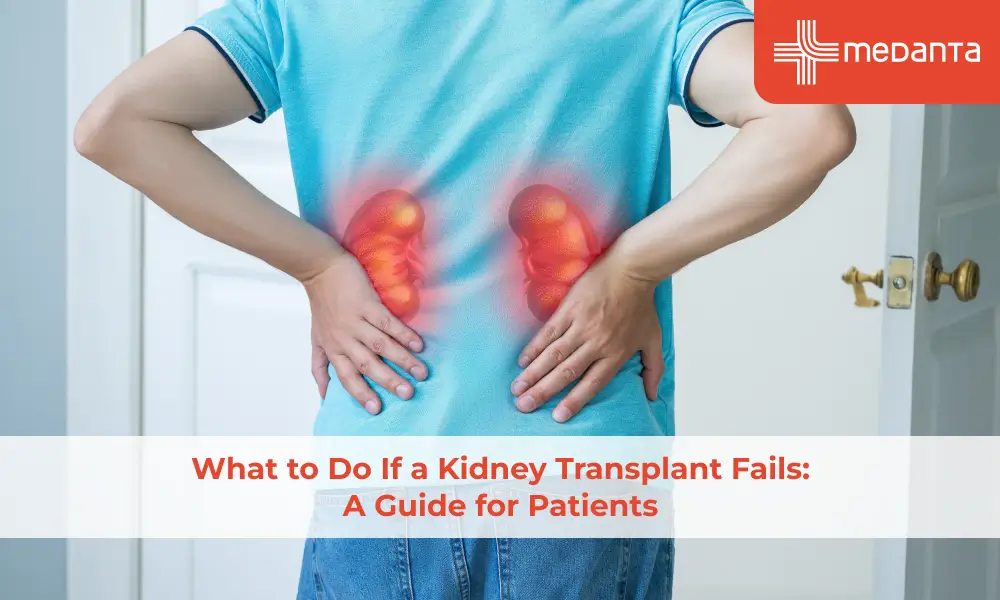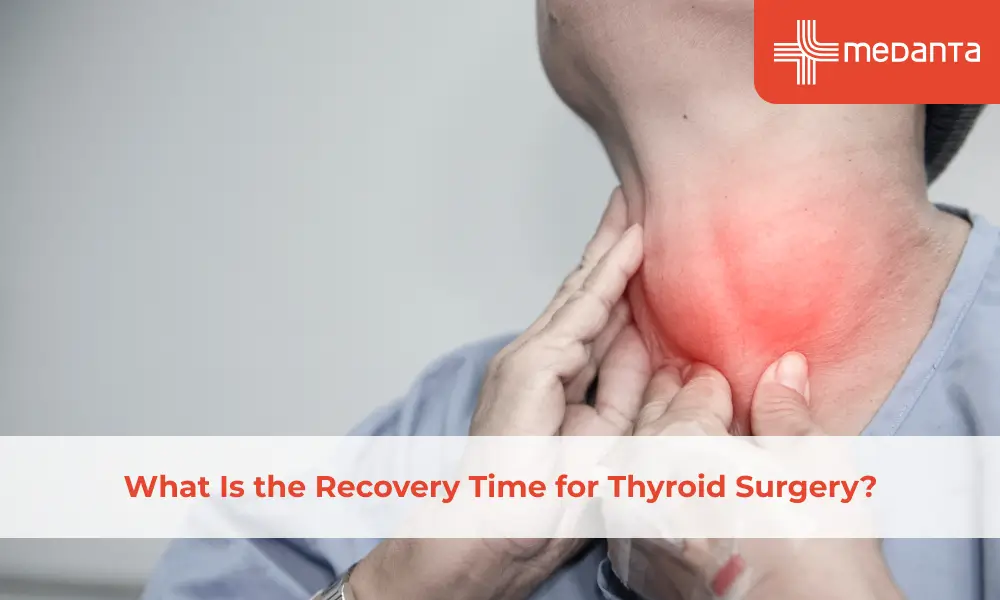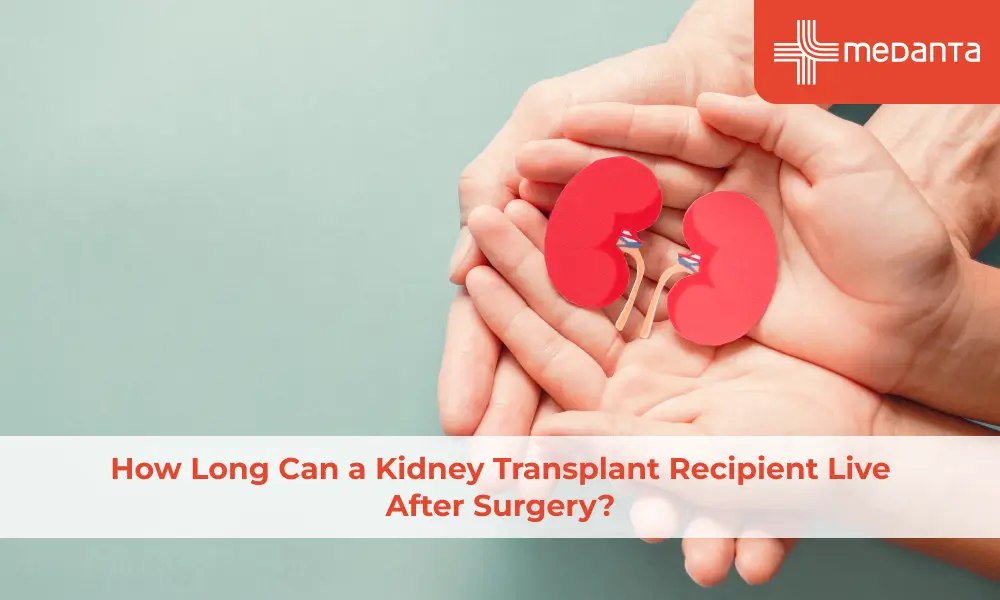THE EXCHANGE | Newsletter August 2021

Experiencing Fatherhood after RARP
Robotic Assisted Radical Prostatectomy (RARP) is a minimally invasive surgical procedure that uses surgical robotic equipment to remove the entire prostate.
The robotic laparoscopic technique allows surgeons to operate through small ports rather than large incisions, resulting in reduced hospital stays, fewer complications and shorter recovery times.
Over Open Radical Prostatectomy, RARP offers advantages of fewer post-operative complications, and superior peri-operative and functional outcomes. RARP also causes lesser bleeding and pain, making it a preferred option among patients.
RARP is regularly done at Medanta. Over the last 11 years, more than 1000 procedures have been done. In this surgery, prostate along with seminal vesicle is removed and a man consequently does not have any ejaculation, and cannot have a child.
Experiencing Fatherhood after RARP
During RARP, a patient’s prostate gland and seminal vesicles are removed. Thus, a common concern among patients is whether they will be able to father children post-surgery.
Cryopreservation of semen prior to the surgery presents a viable solution to such patients who want to plan fatherhood after the surgery.
Case Study
A 54-year-old male reported to Medanta in September 2014 with the diagnosis of Adenocarcinoma Prostate Gleason score 3+3; 5/12 cores positive. He had been married for four years and his wife had suffered a miscarriage. The patient was advised for treatment by Radical Prostatectomy. He was also informed that after the procedure, he may not be able to have a child. However, the patient was keen to have a child. There was thus a dilemma about whether to proceed with surgery or wait for patient to have a child.
The patient was informed about the option of cryopreservation of semen before surgery. Cryopreservation is a process that preserves organelles, cells, tissues, or any other biological constructs by cooling the samples to very low temperatures. Cryopreservation can be used as a first-line means of preserving fertility for men undergoing vasectomy or treatments that may compromise their fertility, such as chemotherapy, radiotherapy, or surgery.
Cryopreservation of the semen was done prior to Robotic Radical Prostatectomy. The surgery was uneventful and the patient recovered well. Histopathology confirmed Adenocarcinoma Prostate Gleason score 3+4, margins clear.
Seminal vesicles and lymph nodes were not involved. The patient’s wife conceived via IVF/ ICSI from the cryopreserved semen and delivered a healthy baby boy in 2019. At present, his PSA is 0.09 ng/ml, and he is leading a good quality, disease-free life.
Use of cryopreserved semen is one of the most successful ways to ensure that one can father biological children after radical prostate surgery. Sperm collected for banking can often last up to 10 years or longer, depending on individual factors.
Spotlight
CGRP Monoclonal Antibodies
Potential Therapy for Migraine
Migraine is a common neurological disorder, impacting around 14% of the world’s population. It is also highly debilitating. Migraine attacks may last for hours or even days, causing intense pain along with sensitivity to light, sound, smell and touch. Due to numerous complexities involved, Migraine has proved to be a difficult condition to treat. Many migraine therapies are drugs intended for other diseases. Antidepressants, anticonvulsants, blood pressure-lowering drugs and onabotulinumtoxin A - otherwise known as Botox - are all used as preventive measures against migraine. Specific migraine abortive reatments such as triptans attempt to treat attacks as they happen. By activating serotonin receptors, riptans provide at least two hours of pain relief and are effective for up to 50% of people with migraine. However these drugs carry a risk of side effects, and even migraine-specific triptans cause nausea, increase in heart rate, fatigue and dizziness.
Role of Calcitonin Gene Related Peptide (CGRP)
Recent studies (Apr 2020) by Germany Society of Neurology and the German Migraine and Headache Society on prevention of migraine with monoclonal antibodies against CGRP confirm that CGRP is the main cause behind migraine problem. CGRP is a protein that is released around the brain. It acts as a neuropeptide, which neurons use to communicate. When CGRP is released, it causes intense inflammation in the coverings of the brain (the meninges), and for most migraine patients, causes the pain of a migraine attack. It plays the role of a catalyst in migraines.
When CGRP binds to receptors on the cells, it amplifies their response to stimulation. It also results in widening of blood vessels. Studies have indicated that during a migraine attack the release of CGRP is marginally increased.
Benefits of Monoclonal Antibodies
CGRP monoclonal antibodies have proven to be effective in treating migraines. Their role is to stop CGRP binding to the cells and reduce the activity of cells involved in migraines. CGRP monoclonal antibodies, which are given as monthly injections for 3 to 4 months in OPD setting give relief to 70% to 80% of the patients. They are safe to use and cause only minor side effects such as constipation, and that too in only a small fraction of people.
Another advantage of CGRP monoclonal antibodies is that they exploit a different mechanism from previous therapies. For people who have tried numerous other migraine medications to no avail, CGRP monoclonal antibodies could provide desperately needed relief. Researchers are also exploring the use of CGRP monoclonal antibodies in children with migraine.
Other Uses
Monoclonal antibodies and small-molecule antagonists that target CGRP or its receptor are already having a big impact on migraine. But they have the potential to do so much more. The drugs are also finding use in alleviating other disabling headache disorders such as cluster headaches, in which intense pain can strike several times per day for weeks or even months at a time. CGRP monoclonal antibodies also prove to be a useful target in the treatment of headaches that arise after a head injury. There’s a very good chance that it will be helpful for post-traumatic headache. Many symptoms of concussion, such as dizziness and light sensitivity, are similar to those that accompany a migraine, and researchers have shown that CGRP antibodies can prevent these symptoms from appearing in concussed rodents. In June 2020, The Journal of Headache and Pain published the first clinical trial demonstrating that the CGRP antibody could help to lower the frequency of post-traumatic headaches in people.
CGRP Monoclonal antibody treatment for migraine is available in Medanta - Gurugram and Medanta - Lucknow.
Medanta@Work
Medanta Launches Dysphagia Clinic
Swallowing requires the coordinated activity of muscles in the oral cavity, the pharynx, the larynx, and the esophagus. Difficulty swallowing, also known as dysphagia, can occur due to impairment in function or coordination of any of the structures involved in swallowing. Head and neck cancers are one of the common causes of dysphagia. It can be because of the tumor itself as well as because of the treatments associated with it like surgery, radiotherapy and chemotherapy. Other causes of dysphagia include neurological conditions like stroke, neurodegenerative disorders, brain tumors, Parkinson’s disease, erebral palsy, multiple sclerosis, esophageal spasms, scleroderma etc.
Signs & Symptoms
- Pain while swallowing
- Being unable to swallow even after multiple trials
- Need to drink water along with food to gulp it down
- Having the sensation of food getting stuck in throat or chest or behind your breastbone
- Having frequent heartburn
- Having food or stomach acid back up into throat
- Frequent clearing throat while swallowing
- Drooling or the sense one has too much saliva
- Little or no saliva
- Gagging, coughing, or vomiting of food whenever one tries to swallow
- Increase in time taken to finish regular meal
- Need to change consistency of food from solids to liquids or soft diet
- Weight loss
Dysphagia Clinic
The Dysphagia Clinic at Medanta holistically addresses swallowing related issues in both children and adults. A swallowing specialist helps the patient by assessing the severity of dysphagia and also provides an
evidence based management program customized to each patient’s requirement.
Services Offered
Specialized Tests
Bed Side Evaluation Tests Including Dye Test Swallow specialist conducts few maneuvers to judge swallowing clinically and assesses the level of obstruction. Sometimes oral dyes are used to check for aspiration.
Fiberoptic Endoscopic Evaluation of Swallowing (FEES) A fibreoptic endoscope is inserted through the nose and into the throat to obtain a direct visualization of structures, a dynamic view of the oral pharyngeal transfer and indirect evidence of pharyngeal-esophageal transfer during swallows.
Videofluoroscopy Swallow Study (VFSS) This test uses fluoroscopy to help identify how a patient swallows different liquids and foods. It uses a special real time form of X ray called fluoroscopy which helps in assessing how the tissues and organs operate in real time. It also assesses if there is movement of food into the airway (aspiration) instead of the esophagus.
Esophagogram An esophagogram looks at the esophagus and its movements while swallowing, and checks for any obstruction within the same.
Esophageal Manometry It is a test used to measure the strength and muscle coordination of esophagus while swallowing. A tube is passed through the nose and throat along the esophagus into the stomach. Manometry helps in measuring esophageal peristalsis and functioning of lower esophageal sphinctor.
Techniques Used to Improve Swallowing
- Positioning strategies redirect the movement of food or liquid in the mouth and throat safely to the esophagus.
- Swallowing manoeuvres change the timing or strength of the movements of swallowing to safely move food or liquid in the mouth and throat to esophagus.
- Modification of food and liquid consistencies to improve control and allow for safe intake. This includes changing the thickness of food.
Advanced Swallowing Management Therapies
Sensory Stimulation Therapy The procedure helps with activation of the peripheral sensory nerves in the larynx and the pharynx, enhancing the neural activation of the swallowing system in the brain.
Vibratory Stimulation Therapy The procedure involves use of hand-held vibrating device to stimulate the muscles for improvement of swallowing.
Vital Stimulation Therapy The procedure involves using electrical current to stimulate the muscles responsible for swallowing.
EMG-Biofeedback The procedure uses electrodes placed on a patient’s muscles as a tool for swallowing rehabilitation.
Surgical Management
This may be planned based on the type and severity of dysphagia along with multidisciplinary team discussion with Head and Neck, Neurology, ENT, Gastroenterology, and Intervention Radiology departments and could include:
Botox injection Botox injections are safe and are effective in relieving dysphagia.
Esophageal dilatation Esophageal dilatation is used to stretch or open portions of the esophagus that are too narrow to resolve swallowing issues.
Surgical removal of obstruction in mouth, throat or esophagus Surgical removal of obstruction proves to be an effective technique in relieving dysphagia.
Nasogastric tube or PEG tube insertion NG intubation involves inserting a thin plastic tube through the nostril, down to the esophagus, and into the stomach. Once this tube is in place, it can be used to provide food and medicine.
In Focus
World-class, Affordable Stroke Care Now in U.P.
Stroke Clinic launched in Medanta Lucknow
First in the state of Uttar Pradesh, Stroke Clinic was recently launched in Medanta - Lucknow with a vision to improve the healthcare facilities and services for the stroke patients in the state. Inaugurated by Dr Sanjay Tandon (Hon Secretary UP API, Chairman elect Lucknow API) and Dr A. K. Pandey (HOD Neurology, Vivekanand Polyclinic Lucknow), the stroke clinic will provide a comprehensive, multi-disciplinary and affordable management of stroke with services related to diagnosis treatment, lifestyle modifications, diet, physiotherapy, rehabilitation, counselling and patient education. Strokes are the second most common cause of death and the most common cause of permanent disability in India. Thrombolysis is effective in managing acute ischaemic stroke which is responsible for almost 90% of all strokes. However, Intravenous Alteplase and Tenectiplase, the only approved thrombolytic agent at present, must be monitored within 4.5 hrs from the stroke’s onset. The narrow time window puts patients in remote areas at acute risk. Inability to access the therapy timely can be life threatening. On average 3 to 5 % of acute ischemic stroke patients in the United States receive thrombolytic therapy. The rate is about 1 to 4% in India and is even less in Uttar Pradesh (<0.5%). It is understood that ‘time is brain’ in stroke, and every effort must be made to reduce the time delay to thrombolysis. Now, with a Stroke Clinic in Lucknow, patients in Uttar Pradesh will have timely access to this life saving treatment.






